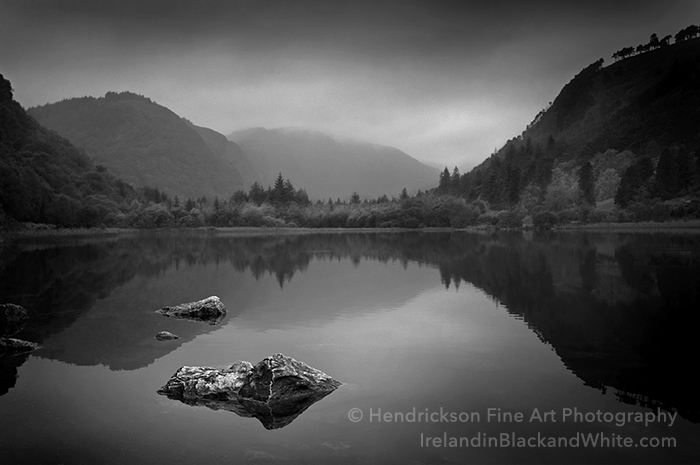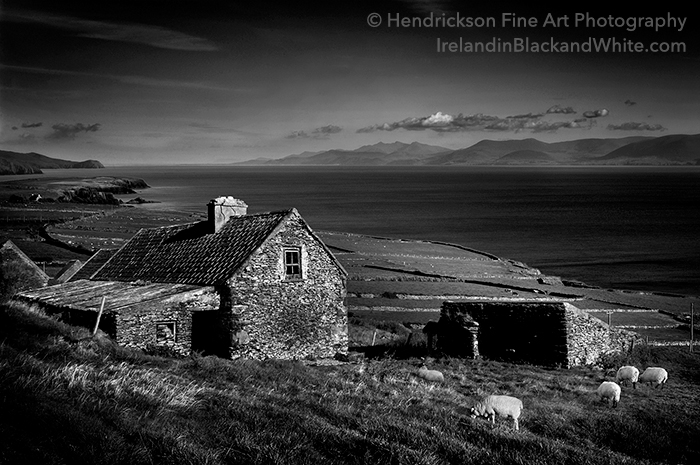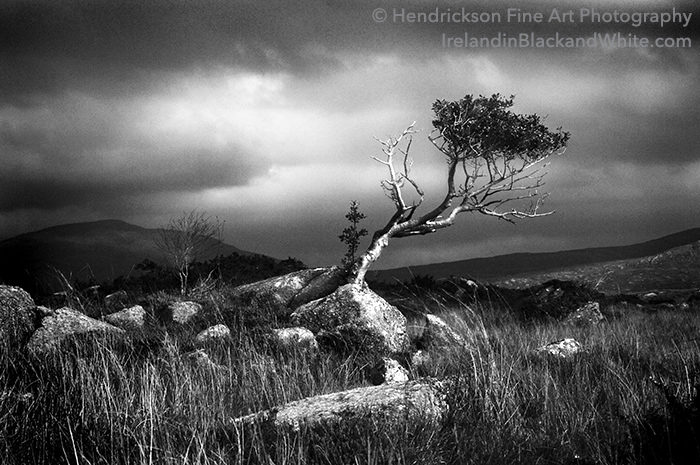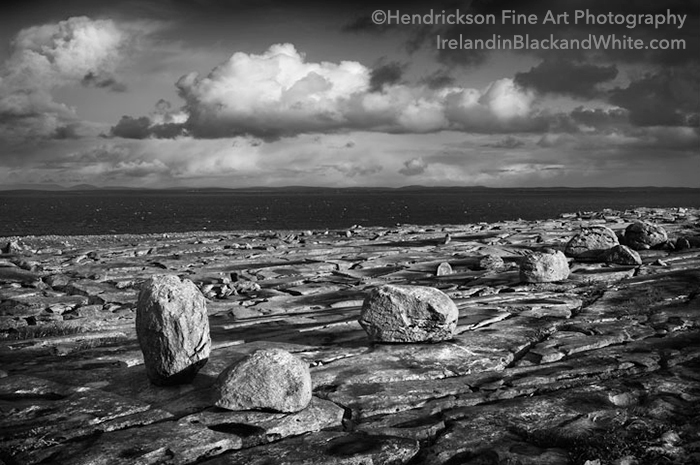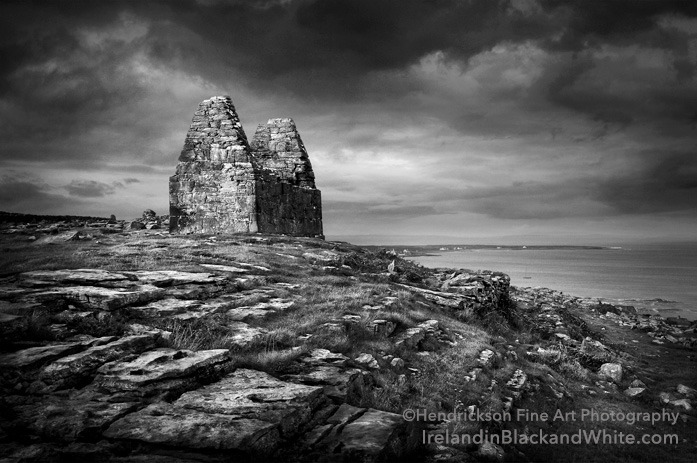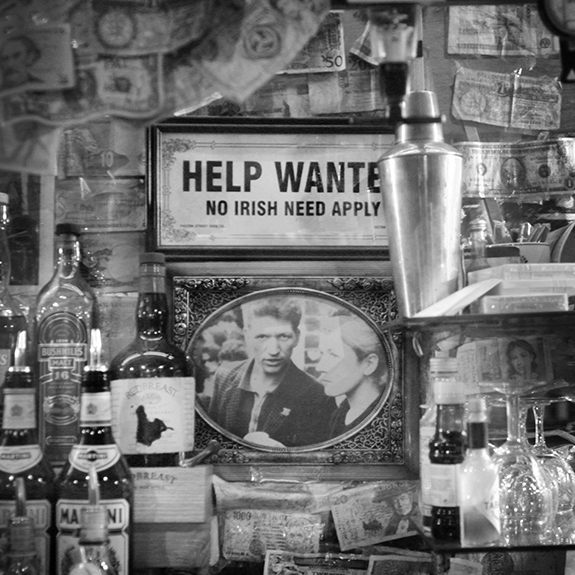Captivating Glendalough
Barry and I were just a few days into our first trip into Ireland, when we drove to Wicklow County to see Glendalough. The word Glendalough in Gaelic is Gleann Dá Loch meaning Glen of the Two Lakes, which is so fitting for this serene photograph. Not too far from this beautiful lake is the home one of Ireland’s most impressive monasteries. I found this ancient site captivating.
“Glendalough is a remarkable place that will still your mind, inspire your heart and fill your soul.”
Stopping at the Visitor Centre, I truly enjoyed learning about centuries of Celtic history. I learned ‘How The Irish Saved Civilization’ and that the monastery was founded by St. Kevin in the sixth century. We explored the grounds with its stone churches, grave stones, high crosses and a middle age round tower. I found its history and natural beauty so moving. So did Barry. He spent a lot of time photographing here. This is where he photographed the well loved “Monastery” fine art photo. See it here. >
All of these sites are within the Wicklow Mountains National Park. If you wish to explore this area, there are several hiking routes or as the Irish say ‘walking’ routes throughout the park. Barry captured the Wicklow Mountains in this Irish landscape photo titled “Ruins in the Valley.”
“Glendalough”
County Wicklow, Ireland (shown at the top)
© Hendrickson Fine Art Photography
Limited edition, Fine Art Photographs for your home. >
To see “Ruins in the Valley” visit our website IrelandinBlackandWhite.com >
To see “The Monastery” visit our website IrelandinBlackandWhite.com >
____
If you would like to learn “How The Irish Saved Civilization,” read Thomas Cahill’s book. It features Glendalough Monastery and tells the story of how the Celtic monasteries preserved a culture of learning through the Dark Ages. Or another option I personally loved was hearing Liam Neeson read the audio book.
To plan your own trip to Glendalough, visit these websites:

